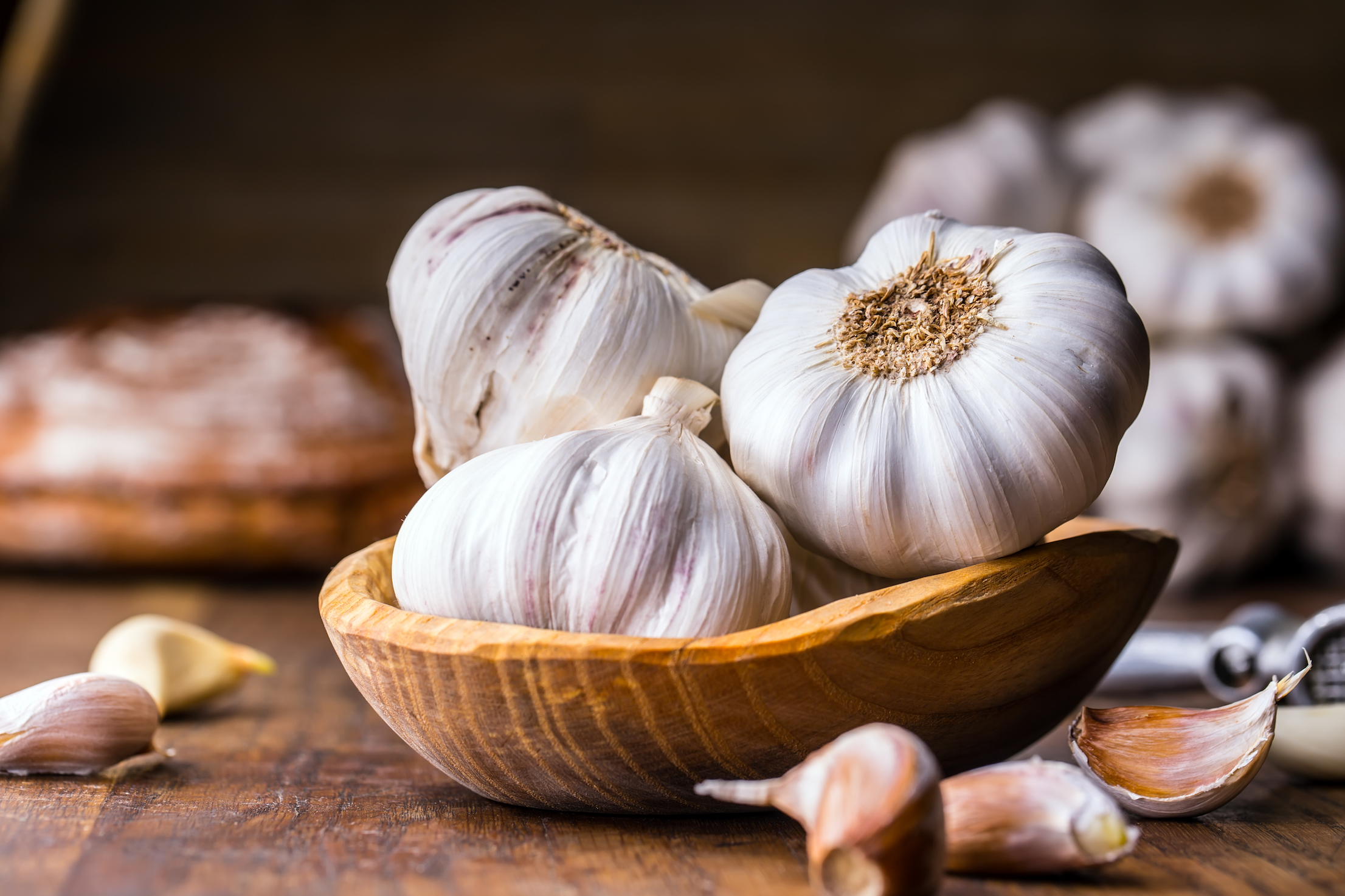
The complicated truth about using garlic as medicine
Garlic makes food better – that’s just a fact. You would be hard pressed to argue that garlic’s contributions to the culinary world are anything less than stellar. But what about it’s contributions to the medicinal world as well?
For thousands of years, garlic has been used to treat human disease. It’s known to reduce your risk of certain cancers, cardiovascular disease, and type 2 diabetes, along with warding off the occasional vampire (just kidding, of course). And how do scientists know that it has these effects? Well, that part is a little more complicated.
A review published in the journal Trends in Pharmacological Sciences details the difficulties of explaining exactly how garlic impacts our health. Due to the wide range of compounds garlic produces, achieving consistent results from clinical trials can be rather complicated.
Garlic is part of the allium family, which is a group of plants that absorb sulfate from the soil and incorporate it into amino acids and sulfur storage molecules. Thus, garlic’s distinct flavor comes from the sulfur compounds it contains. These sulfur storage molecules can be broken down into roughly 50 unique sulfur-containing compounds, depending on how the garlic is prepared and ingested.
“These molecules give the plants an ecological advantage when they’re growing out in the wild,” says Peter Rose, a biochemist at the University of Nottingham and senior author of the study. “As it happens, they’re also biologically active within mammalian cells and tissues.”
The preparation of garlic is one of the diversifying aspects of its health effects. Pressing it for oil, chopping or mincing, or fermenting garlic in alcohol all yield different sulfur compounds – each with a potentially different effect on our body’s complex biological systems. The complexities of this research also lie in how these compounds are metabolized within our body, as it’s difficult to pinpoint common mechanisms of action for these molecules. All of these complications help to explain why studies of garlic’s effects on humans have had inconsistent results.
“When it comes to human intervention studies, there’s been quite a lot of disparity,” says Rose. “Sometimes the consumption of and exposure to these compounds has biological effects, and other times, it does nothing. I think it needs reinvestigating, just because of the sheer complexity of the diversity of these sorts of compounds and the different distribution of them between different garlic products.”
For Rose and his colleagues, the most interesting aspect of this food-turned-medicine is how its sulfur compounds could affect gaseous signaling molecules such as nitric oxide and hydrogen sulfide, which our body naturally produces. These signaling molecules play a vital role in cell communication and maintaining homeostasis. It has been found that altered levels of the molecules are present in many diseases.
Recent research has found a connection between the types of sulfur compounds found in garlic to increased production of gaseous signaling molecules, which could mean that this is the common mechanism through which different sulfur compounds affect our bodies.
“There is a lot of possibility within this area for finding approaches that could reduce the risk of diseases and improve human health, but it all comes back to those fundamental questions of what actually happens to these compounds when we metabolize them,” Rose explains. “There’s a whole spectrum of human work that still needs to be done to further explore some of these weird and wonderful sulfur compounds that we find within our diets.”
—
By Connor Ertz, Earth.com Staff Writer













